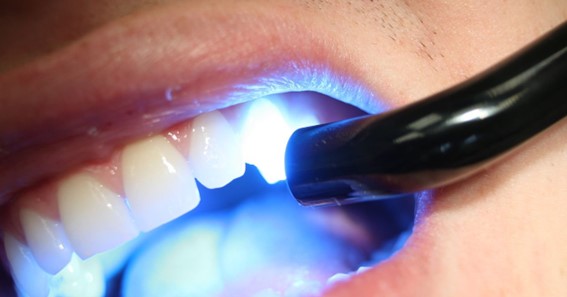Composite bonding is a cosmetic dental procedure that can be used to improve the appearance of your smile. It involves adding a special type of resin to your teeth and shaping it to cover up various imperfections.
The fact that composite bonding is a popular treatment should speak to the fact that it does have benefits. However before you decide whether or not to pursue this treatment, it may help to know exactly what its advantages and disadvantages are.
Advantages of Composite Bonding
Although composite bonding is a popular way to cover up imperfections, it is not the only option out there. Both porcelain veneers and dental crowns are often used in such situations too.
Despite that, composite bonding does have several key advantages over other options:
- Low cost compared to other treatment options. While prices do vary, composite bonding is normally a third of the cost of porcelain veneers, and a fifth of dental crowns.
- Versatile treatment that can help cover up various different types of imperfections. That includes chipped, cracked, slightly crooked, or discolored teeth as well as gaps between teeth.
- Fast results that do not require preparation at a dental lab or several visits. Typically composite bonding treatments can be carried out immediately and the entire procedure can be completed in a single visit – even if multiple teeth are involved.
- Not very invasive and at most requires a small amount of enamel to be removed to place the bonding. In contrast to porcelain veneers, most of your natural tooth is preserved.
- No special aftercare required aside from sticking to a diet of relatively soft food for the first 24 hours. After that all that is need is regular good oral hygiene practices including brushing and flossing.
To sum it up, composite bonding is a fast, relatively cheap, and yet extremely versatile and effective treatment. It is convenient and non-invasive, so you can get it done at any time.
Disadvantages of Composite Bonding
As you can see, composite bonding does have lots of advantages – but it is not without its disadvantages too. In fact there are some disadvantages that may very well sway you to choose other alternatives instead:
- Staining can affect the resin used in composite bonding. If you don’t clean them properly and smoke or drink too much wine or coffee it is likely that they will become discolored over time.
- Difficulty matching the shade of teeth with dental bonding resin is relatively common. Although there are often several shades to choose from, ensuring the resin’s shade matches the surrounding teeth perfectly can be tricky.
- Durability of composite bonding is not as good as porcelain veneers or crowns. Bonding is normally expected to last between 3 to 10 years before you need to replace them, while veneers and crowns can last 10 to 15 years easily under normal circumstances.
- Prone to chip because the material is not as strong as veneers or crowns. If you bite hard things or grind and clench your teeth it may cause the bonding to come loose or even pop off.
It should be noted that another potential disadvantage is the fact that dental bonding is a cosmetic procedure and therefore may not be covered by your dental insurance. However the same can be said of other similar procedures, including veneers and crowns.
In any case, now you should be fully aware of both the advantages and disadvantages of composite bonding. That should let you make a more informed decision, and know exactly what you’re getting if you decide to use it to improve your smile.







